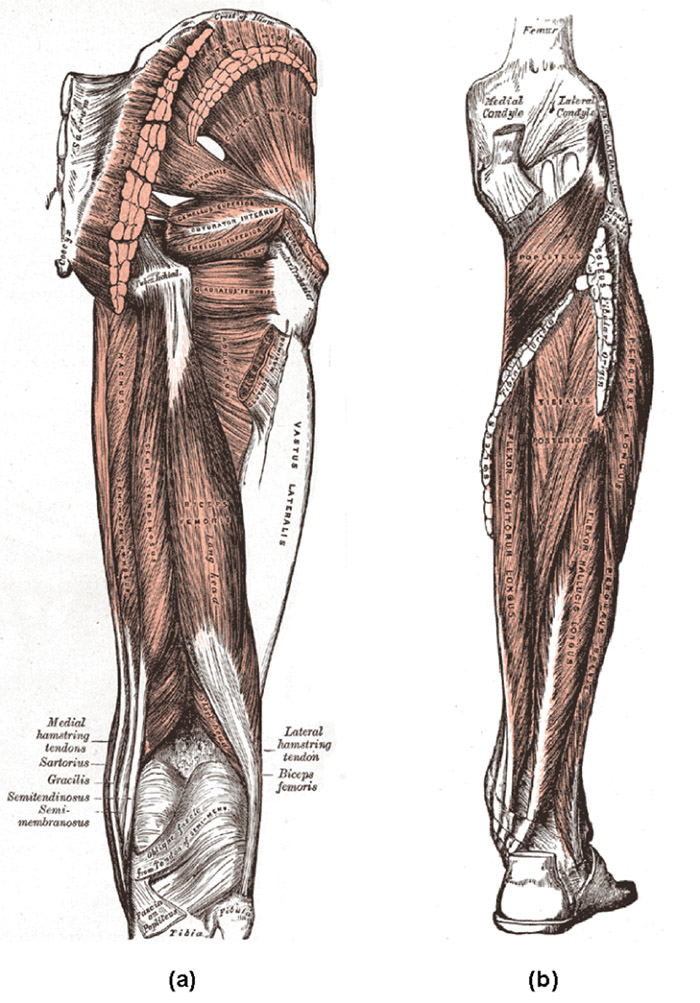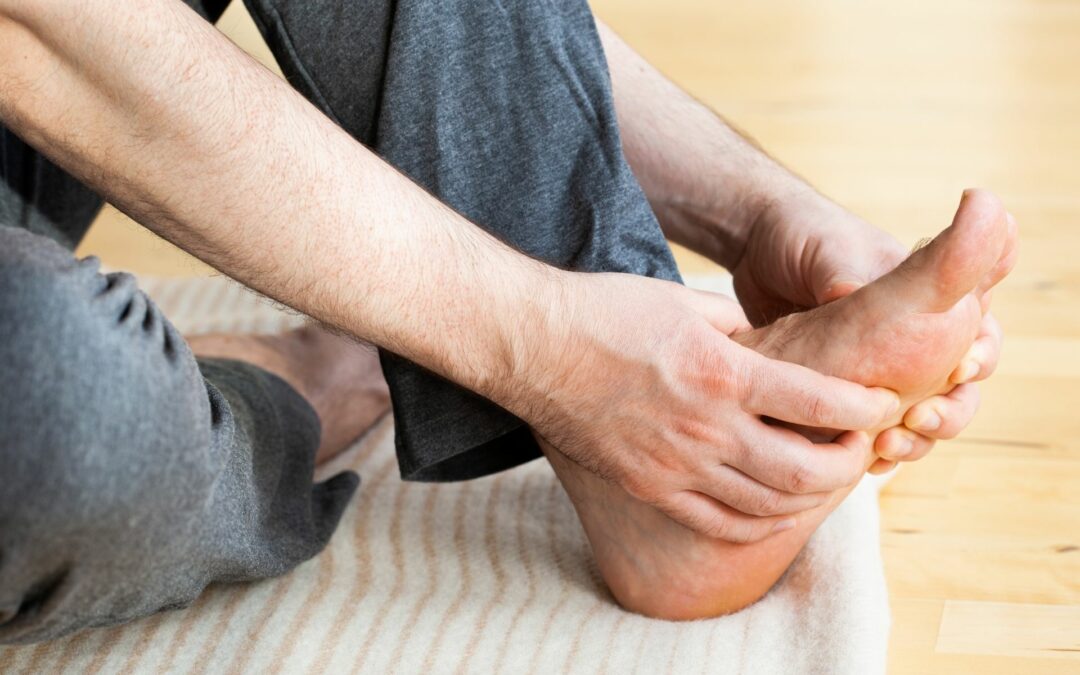A trigger point is a focal point of tension in a muscle. This means that a part of your muscle is stuck in contraction and it is not able to release or relax. We don’t fully understand why this happens. All we do know is that it DOES happen and it can be what’s behind your loss of range of motion, weakness in an area of your body, or that nagging pain you are feeling that you can’t seem to figure out how to get rid of.
Let’s explore trigger points and learn a little bit about them.
About Trigger Points
Myofascial trigger points, or simply trigger points, are basically tone gone rogue. What is tone? Tone is when your muscle holds a certain amount of contraction at any given moment so the muscle is ready to work. When we build tone in a muscle by exercising, we are telling the muscle to be prepared to do a lot of work at any given time. In response, that muscle will keep more of its fibers in contraction so you are ready to lift, carry, or push something. The thing is, tone should FLOW through your muscles. The areas that are contracted should shift around so that one area doesn’t become exhausted, stiff, or sore.
But sometimes, parts of our muscles get STUCK in contraction. When the next section in the muscle contracts to hold tone, the first one just stays contracted instead of releasing. Then the next section contracts in the flow, but the first section STILL stays contracted. The part that is stuck is called a myofascial trigger point. (myo=muscle and fascia=fascia, or connective tissue.) Over time, that chronic contraction can lead to pain, a deep ache, radiating numbness, tingling, loss of range of motion, and a host of other problems.
Trigger points can make you feel more tired because that constant contraction is continually using up your energy. Trigger points can limit your range of motion in that muscle, and thereby in ALL the muscles that contribute to that movement, because the muscle is incapable of stretching to its full length. In this way, trigger points will, over time, affect its synergists, the muscles that do the same job, and also its antagonists, the muscles that do the opposite job.
Let me explain:
If you sit a bunch, your hamstrings are chronically held short and just that lack of movement, and even possibly the pressure of the chair on your muscletissue, can create trigger points in your hamstrings. Those points will limit the hamstrings’ ability to stretch and to bend your knee or lift your leg up and back behind you. This will then cause all the other muscles that bend your knee or lift your leg behind you to have to work harder. That means now the glutes, the gracilis, and the sartorius are also affected.
knee or lift your leg behind you to have to work harder. That means now the glutes, the gracilis, and the sartorius are also affected.
Now, the muscles that straighten your knee and lift your leg in front, the hip flexors, are ALSO going to be affected. This means your quadriceps, your iliopsoas, your tensor fascia latae, pectineus…. you get the picture. Trigger points can wreak havoc all over your body! And we all have them.
If We All Have Trigger Points, How Did I Get Them?
There are many ways that our bodies develop trigger points. Here I’m going to go through the most common scenarios for developing trigger points.
7 Common Causes of Myofascial Trigger Points
1. Injury
When we fall, slip, or experience an injury, the muscles may grip to try to protect your joints, protect your spine, or protect the muscle itself. Sometimes after the injury, the muscles stay stuck in that protective contraction. As well, the muscle may get torn or pulled, and trigger points develop as a result.
2. Post Injury or Surgery
After an injury, the synergist muscles will have to work harder to take up the slack. As well, the injury might affect how you carry things, sit, stand, or walk and the muscles on the opposite side of the body might be forced to shift and compensate. This can cause trigger points.
3. Overuse
If you overuse a muscle in one particular way, say always carry your child on your left hip, you will be asking that muscle to hold a lot more tone, which easily can go rogue and become trigger points. If you are a ceiling painter you will be looking up all the time and develop trigger points in the muscles at the back of the neck.
4. Posture
How you sit, drive, habitually stand (maybe with your weight more on one leg than the other), and even how you sleep can set up unbalanced tension in your muscles.
5. Lack of Movement
Keeping our bodies moving is a great way to avoid developing a lot of trigger points. Our bodies are designed to move and if we are too still, EVEN AT A STANDING DESK, our muscles can get stuck in tension.
6. Stress
We now understand that stress can cause certain of our deep core muscles, namely the iliopsoas, to contract strongly. The iliopsoas causes back pain so it makes sense that often people will experience back pain or injury when they are under a lot of stress! (I will write another blog post about this relationship soon!)
7. Living
Just living in a human body means you will have some trigger points (even my dogs get trigger points and I have helped them get rid of hip pain by releasing theirs!). Every little slip, trip, crash into the kitchen counter, stressful experience, minor and major injury, posture pattern, and how you use your muscles can lead to trigger points.
In the next two blog posts, I will get into the symptoms of trigger points and things that we can do to release them.
Read more:
Blog: How do we get rid of trigger points?
Blog: What are the Symptoms of Trigger Points?




